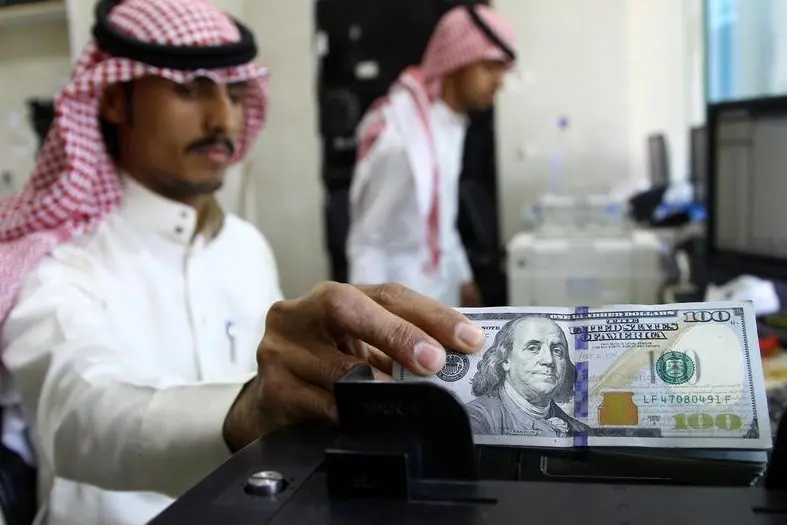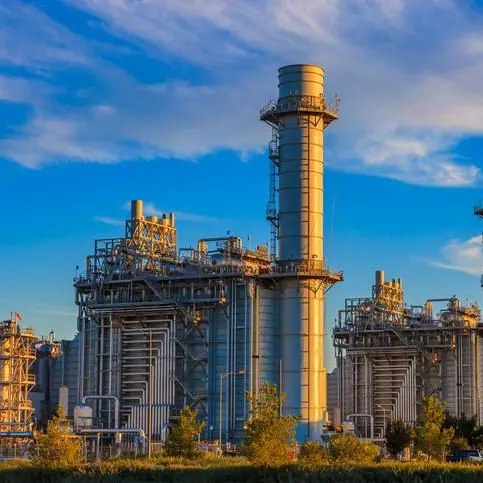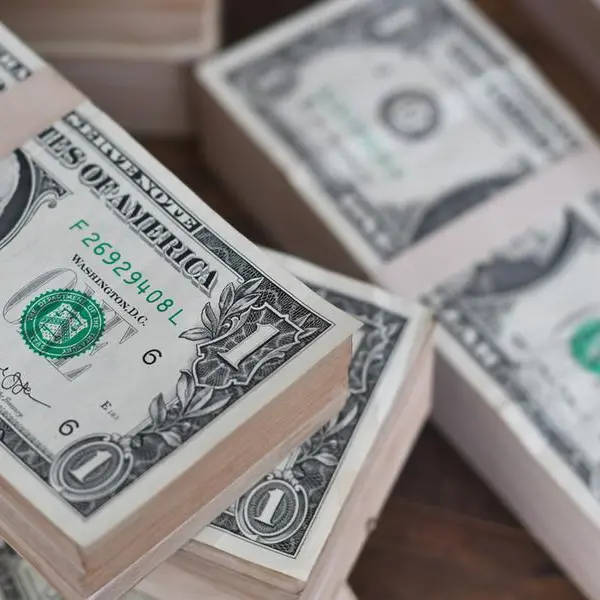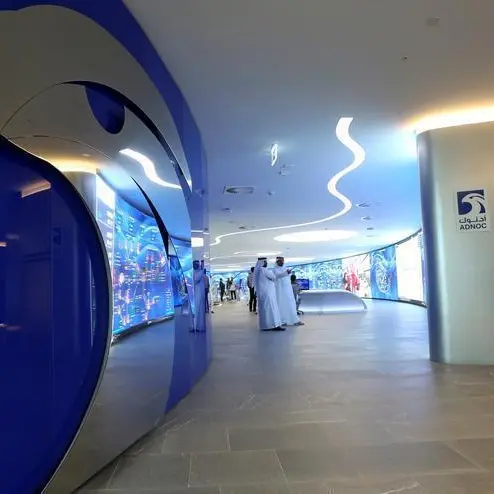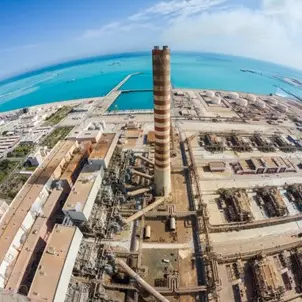PHOTO
03 December 2016
Total bank deposits in Saudi Arabia increased by SR27.1 billion in October, rising by its fastest pace in 13 months, according to economists.
Total bank deposits in Saudi Arabia increased by SR27.1 billion in October, rising by its fastest pace in 13 months, according to economists.
“Our estimate of bank excess liquidity showed a monthly rise of SR13.7 billion, the largest since December 2014,” the economists from Jadwa Investment said in their latest monthly update on Saudi economic activity.
“Our estimate of bank excess liquidity showed a monthly rise of SR13.7 billion, the largest since December 2014,” the research team noted in Jadwa Investment’s December Chartbook.
The economists noted a rising trend in oil exports during the third quarter of 2016, which has led to an improvement in Saudi Arabia’s trade surplus in recent months.
Saudi bank deposits were boosted mainly by a net addition to private sector deposits (SR39.5 billion) as the government resumed payments to contractors, the report added.
“We expect a continuation of this growth over the next two months as well. Meanwhile, domestic liquidity conditions have started to ease,” the economists added in the report.
It also said that October data showed a mixed picture in economic activity. Data on consumer spending and cement sales and production pointed to a rise in activity, the report added.
Meanwhile, the non-oil PMI fell to a new record low. “We expect economic activity to strengthen in the last two months of 2016 as a result of the government resuming its payments. However, downside risks stem from lower growth in bank credit,” Jadwa researchers said in the report.
It said that Saudi Consumer Price Index (CPI) slowed for the seventh consecutive month, reaching 2.6 percent, year-on-year in October, its lowest since the start of the year. This slowdown is largely due to a negative contribution from foodstuffs.
Meanwhile, housing and the core index continued to trend downwards, partly impacted by the negative growth in money supply.
“That said, we expect the recent rebound in money supply growth to stabilize the slowing trend in prices,” said the Jadwa economists.
According to the report, the monthly change to government accounts with Saudi Arabian Monetary Agency (SAMA) posted a record fall in October, reflecting the resumption of government payments to contractors and other service providers. The majority of this decline came form the government reserve account.
Monthly debt statistics showed that Saudi Arabia’s outstanding debt rose from SR273.8 billion in August to SR342.4 billion in November, according to the report.
According to the report, SAMA’s foreign reserve assets fell by $11 billion in October, the third largest decline in 2016. This likely reflects the significant withdrawal from government accounts to resume fiscal spending on the economy before the end of 2016. That said, foreign reserve coverage remains at comfortable levels to finance imports.
Bank claims on both the public and private sectors showed slight monthly increases in October, according to the report.
Long-term credit maturities continued to contribute only marginally toward overall growth in private sector credit, partly reflecting heightened caution by banks.
“Looking ahead, we expect sentiment to play a greater role in determining the growth in private sector credit,” said the economists.
New data on the monthly value of oil exports showed Saudi Arabia earning $96 billion year-to-September in oil export revenue, compared with $128 billion during the same period in 2015. However, a rising trend in oil exports during Q3, coupled with a falling value of imports has led to an improvement in the Kingdom’s trade surplus in recent months, the report added.
© Arab News 2016
